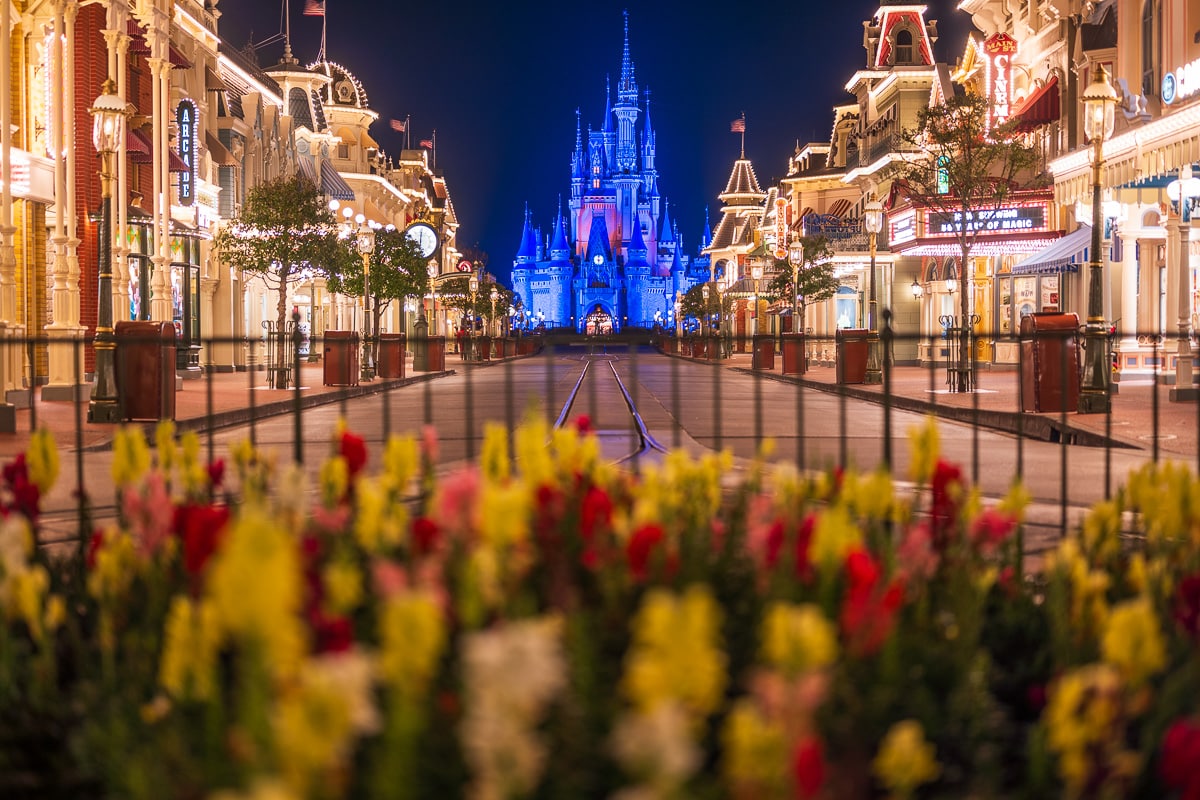
Disney World is pricing out the middle class. This has become an increasingly “popular” topic among fans. Every few months there’s a big piece in the mainstream media that gains a lot of traction and draws new attention to issues of price increases, nickel & diming, and unpopular decisions made by leadership.
Usually, these articles are supported by quotes from disgruntled fans. They paint a picture of the company suggesting its about to hit its breaking point, and fans in revolt. The thing is, you could use fan anger to “prove” anything. Disney diehards are a passionate bunch, and I could crowdsource an article about the closure of the Fossil Fun Games in Chester & Hester’s Dino-Rama being Walt Disney World’s worst decision ever.
This isn’t to diminish complaints about rising prices. It’s just to say that quotes from random fans aren’t really as conclusive as to consensus as some outside the community might believe them to be. Disney reaching its breaking point has been a much-discussed topic for at least the last decade. However, an excellent new report in the Wall Street Journal actually brings something new (and worthwhile) to the table: internal discussions from Disney about pricing problems and quotes from the company.
Before we get to that, let’s talk about the numbers supporting the assertion that Disney is pricing out the middle class. There’s a lot of financial analysis in the article, which is interesting, but not altogether dissimilar from our own How Much Does It Cost to Go On a Walt Disney World Vacation in 2025?
As with our assessment, the WSJ breaks down different tiers of trips. We have four tiers, mirroring Walt Disney World’s own Value, Moderate, and Deluxe Resort hierarchy–along with the addition of a frugal class for guests staying off-site and trying to do Disney as inexpensively as possible.
By contrast, WSJ has five tiers. That’s not the biggest difference, though. Instead of just taking the cost for each tier of trip at face value, they’re overlaying that with the five U.S. income tiers, and government BLS statistics on average annual travel spending. We question this approach to some extent.
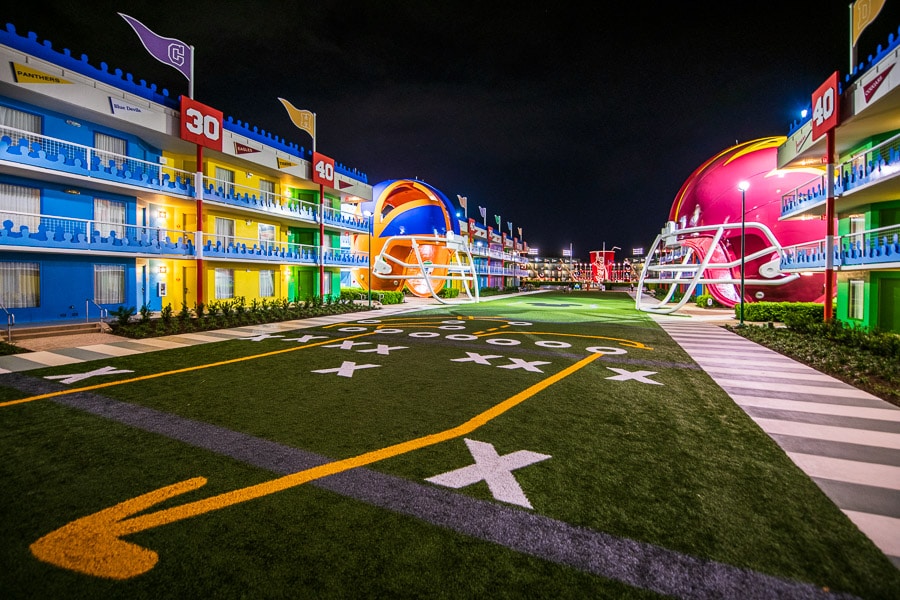

While there is an undeniable nexus between income and travel spending, it’s not definitive.
It’s a fool’s errand to conduct an analysis of Disney pricing out the middle class–or any of the quintiles of consumers–based solely on spending and income data. There are over 125 million households in the United States, and Disney only needs to capture a small percentage of them–we’re talking single digits–each year. And that’s assuming no one visits from overseas, which is obviously inaccurate.
Averages are important but not outcome determine for Disney. What various tiers of average American households “can,” “should,” or “do” spend per year on travel is only part of the equation. Because all it takes is the outliers to skew things completely. Nevermind credit card debt, saving up for expensive vacations, multi-generation trips funded by grandparents, or even the international “whales” (non-derogatory) who make up an increasingly large slice of the tourism pie (not just for Walt Disney World, but for pretty much everywhere).


We’ve previously rebutted the notion that Walt Disney World is now catering only to the wealthy–or even the top 20% of American households, as WSJ suggests. To the contrary, the parks are still reliant on the middle class, and that demographic being willing and able to spend the ever-increasing amount that a Walt Disney World vacation costs.
To be sure, there are wealthy Disney guests. It’s probably fair to say that the top 20% is overrepresented at Walt Disney World as compared to most vacation destinations. However, there are not enough of them to fill the parks and resorts on a daily basis. Bluntly, Disney is dead without the middle class.
The majority of Disney guests–probably the overwhelming majority–are still the middle class, splurging or going into debt. The upper class cannot sustain the parks and resorts. If you visited Walt Disney World today and could Thanos-snap away everyone who wasn’t part of the top 20%, the parks would suddenly look like ghost towns.


To be very clear: we are not saying that this makes the nonstop price increases any better. Nor does it make Walt Disney World’s current approach a savvy long-term business strategy (it makes it worse!). We’ve been sounding the alarms about Disney eroding goodwill for years, and have serious concerns about the company cultivating new generations of fans.
There’s nevertheless a fundamental difference in pricing out the middle class versus attempting to extract more money from them. Disney is squeezing the middle class, not attempting to exclude them. The rich are not booking motel-style rooms with exterior hallways at the Value or Moderate Resorts, let alone the many nearby off-site budget hotels that Disney relies upon to fill the parks. Rite of passage vacations among the affluent are certainly a thing, but not nearly enough to sustain Walt Disney World.
The bottom line is that Walt Disney World is a middle class vacation destination. We’ve made this argument before, often when there’s new data to “prove” that Walt Disney World is dangerously unaffordable. The reality is that the data is important, but it’s only one half of the puzzle. If prices alone were conclusive, Disney would’ve been in serious trouble over a decade ago. And yet, that obviously wasn’t the case.
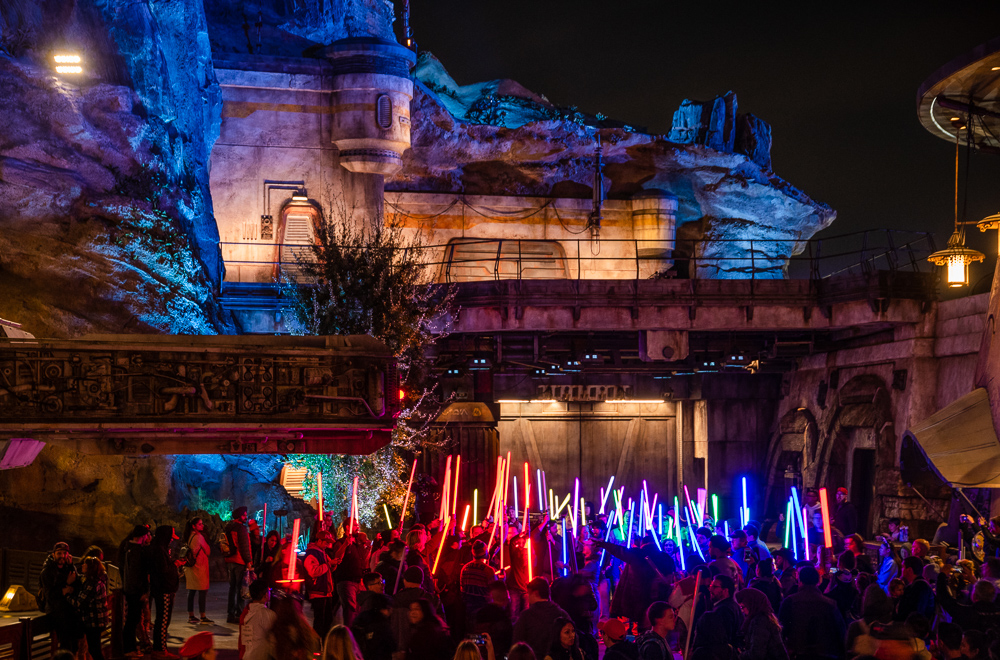

In reality, the current trajectory doesn’t change until the middle class says “enough is enough.” When that happens is more complicated than simply looking at income and spending. It also concerns guest satisfaction, intent to revisit, and perceptions of value for money. There’s the objective side to this that does matter, but the emotional component is equally critical.
Walt Disney World could increase prices ’til the cows come home, but if they’re also increasing the perceived value at a commensurate clip, many of these conversations about pricing people out wouldn’t be happening. Middle class Americans would save and splurge, viewing their trips to Walt Disney World as “worth it” even if they came with financial strain.
The reason these conversations are happening more and more is because the price increases have been accompanied by cost-cutting, nickel & diming, and other net-negatives that change the calculus for middle class Americans. Not just them, either. No one likes to be ripped off, so that 20% quintile that can safely afford Disney may opt against it, further underscoring the importance of the non-financial factors at play. This is starting to happen and the tide is turning, as evidenced by a year-plus of lower crowds.
According to the WSJ, these conversations are also happening inside the company–not just outside it among fans and critics. This is precisely why all of this matters–because it’s not just the normal financial analysis, but because the WSJ is showing that Disney is starting to lose the middle class on the equally important emotional level.
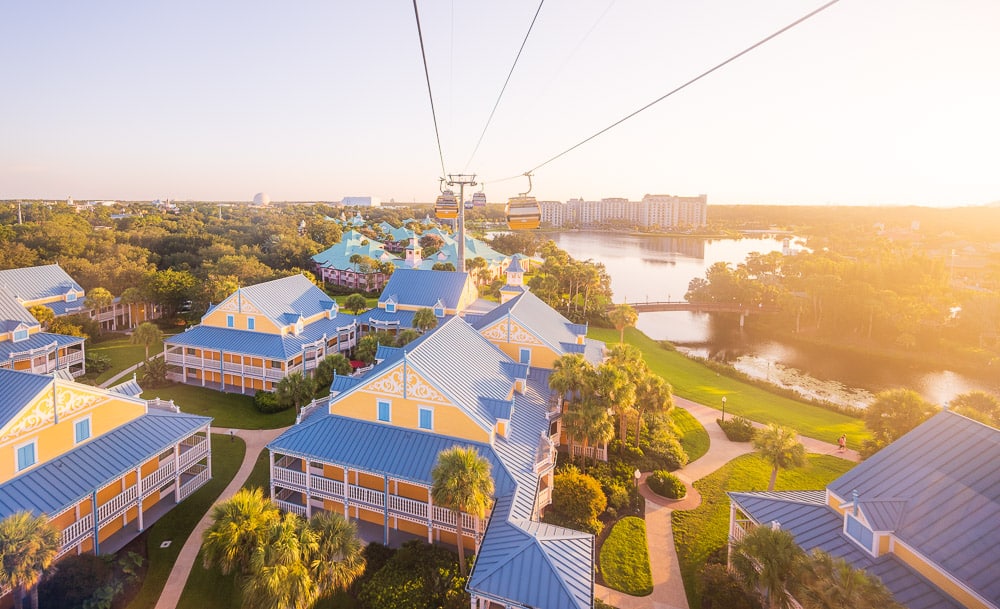

This brings us to the truly interesting tidbits from the WSJ, which reports that “some inside Disney worry that the company has become addicted to price hikes and has reached the limits of what middle-class Americans can afford.” People with Disney familiar with pricing say that “internal discussions over whether Disney parks may be losing their grip on the hearts and wallets of families with young kids have become more frequent.”
And then there’s this: “Starting in late 2023, the company’s own internal surveys of Walt Disney World and Disneyland guests found that the number of them planning return trips had ticked sharply down.”
This doesn’t come as any surprise to us. If you search this site for “intent to revisit or recommend” or “intent to return” or “guest satisfaction”, you’ll see we’ve been discussing these dropping metrics for a while. It’s our understanding that guest satisfaction took its first big hit with the rollout of Genie+ (late 2021), but improved in 2022-2023.
It’s one thing for us to hear this and another entirely for the Wall Street Journal to be able to credibly source and report it. Although the WSJ doesn’t say as much, our understanding–which we discussed at the time–was that leadership on the ground at Walt Disney World was very concerned with this and wanted to make changes, but then CEO Bob Chapek refused. (That’s precisely how leaks like this start in the first place–concerned employees sounding alarms but being overridden by senior management.)
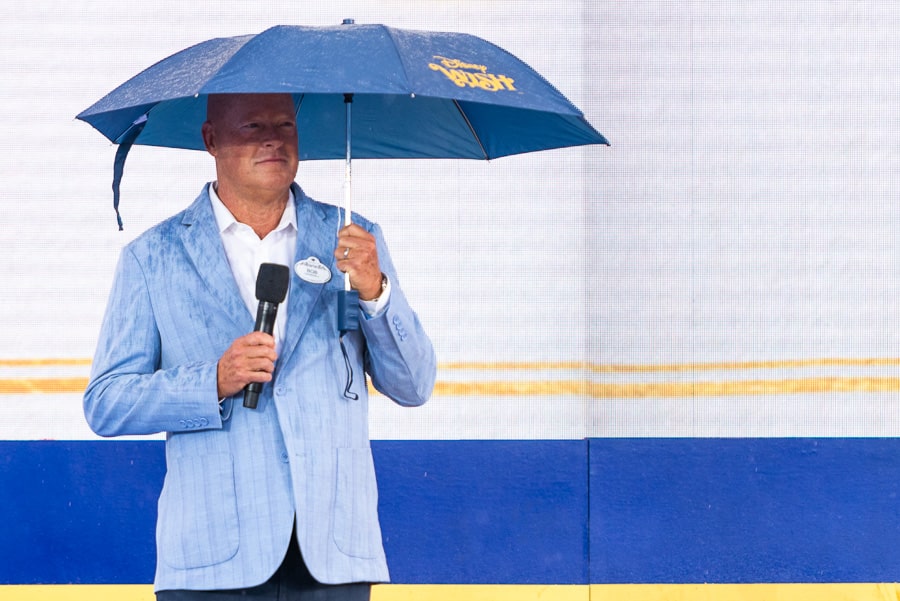

Most fans probably don’t need a reminder of the dark days of the Chapek era, but most of this was set in motion by him. He cut once free-perks, reduced park entertainment and offerings, and set in motion two years of the most precipitous price increases we’ve ever seen at Walt Disney World and Disneyland. Suffice to say, there’s a reason fans hate Chapek.
Upon his return, Bob Iger made it clear that he had been “alarmed” by price increases at Walt Disney World and Disneyland, and was concerned that Chapek was “killing the soul” of Disney. This was widely reported at the time–it’s nothing new.
Shortly after returning, Iger called a meeting with Parks Chairman Josh D’Amaro and asked him to come up with a list of things the company could do to win back the goodwill of fans. According to people familiar with the meeting, D’Amaro offered up discounted parking, more days during the off season with lower-priced tickets, and freezing the regular rounds of price hikes.
Iger chose to bring back free overnight parking at Walt Disney World Resort hotels and ticket promotions, but regular price hikes continued, the WSJ reported. This isn’t entirely accurate.
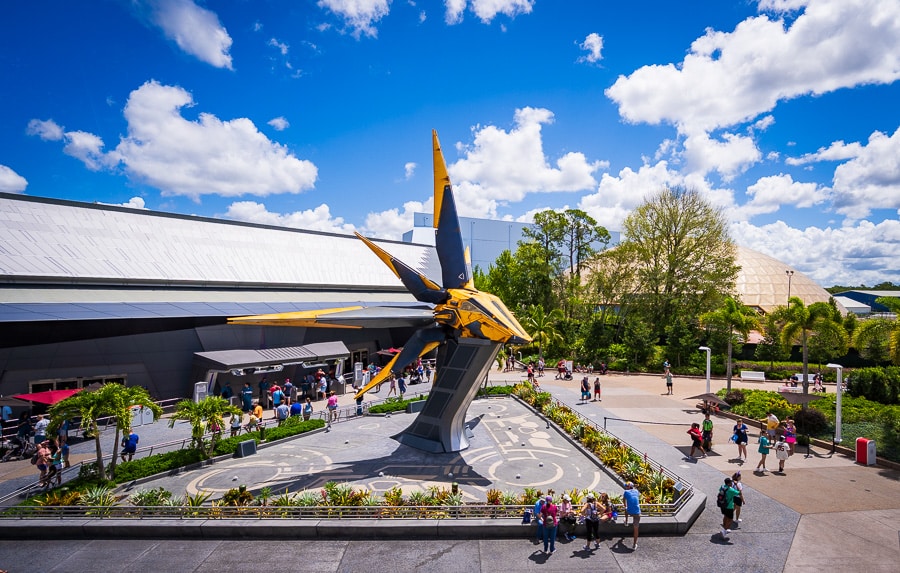

I don’t know why I even bother since perception is reality and prices spiked massively from 2019 to early 2023–and fans are still reeling from that. But Walt Disney World did not raise ticket prices between December 2022 and last year. That was unprecedented.
At the same time, hotel rack rates barely budged last year (below the rate of inflation, on average). For 2025, there were just as many rack rate decreases as there were increases. Due to greater discounting, the effective rates at resorts largely decreased from 2021-2022 to 2023-2024 (and in 2025, so far).
Ticket prices are up, and fairly significantly for many dates, in 2025. Restaurant and merchandise prices have continued to increase, unabated, since 2022. Same goes for upcharges and add-ons, including the line-skipping service (that once was free). So it’s not like overall prices have held steady.
To be clear, none of this is a defense of Disney–just striving for accuracy. We have also argued that while Iger got off to a strong start in improving guest satisfaction, that progress has stalled and more needs to be done (see Walt Disney World Could Fix the Guest Experience by Improving These Things and Big ‘Little Things’ Disney World Needs to Bring Back).
The bottom line is that prices have gone up sharply since 2019, and even though increases have decelerated dramatically since 2022, it’s no wonder fans are disgruntled. The cumulative impact of the cost-cuts coupled with price increases is still staggering, and much more needs to be done to address it.
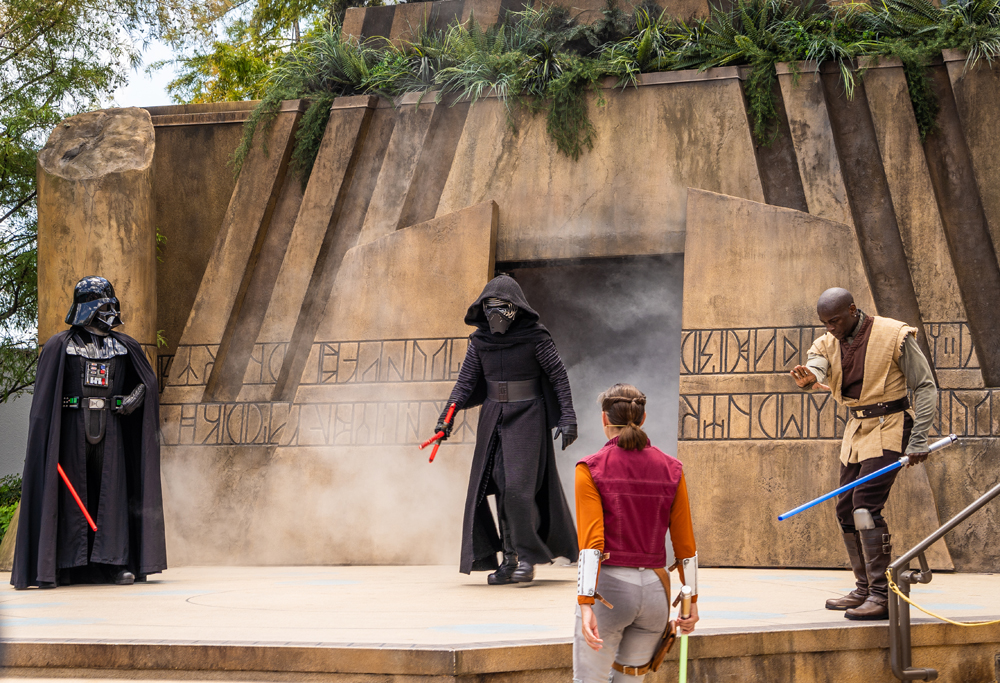

WSJ also reports that about a year after Iger’s return, Disney began to have “serious concerns” about the rising cost of visiting the parks, according to former employees involved in the discussions. The results of surveys asking whether Walt Disney World and Disneyland guests intended to return soon showed a drop. This aligns with what we’ve been told, and also extends to the likelihood to recommend metrics (which is equally important).
The issue was reportedly raised with Iger, according to WSJ citing people familiar with the matter, but parks were still booming. The Experiences division, which is primarily Parks & Resorts, had become the company’s primary profit engine in 2022, replacing the declining cable TV business. Experiences represented 70% of Disney’s overall operating income in the 2023 fiscal year, up from 41% in 2019 and 34.5% in 2018.
The Experience unit’s income of $3.1 billion for the final three months of 2024 was flat year-over-year. Attendance declined 2%, and operating income fell 5% year-over-year. As we explained following last week’s earnings call, the results probably would’ve been more positive but for Hurricanes Helene and Milton, both of which had a long tail of cancellations. Nevertheless, this came at the same time that the international parks were up a staggering 28%, fueled not by the smoke and mirrors of cost-cuts and higher guest spending, but by opening new lands and attractions.
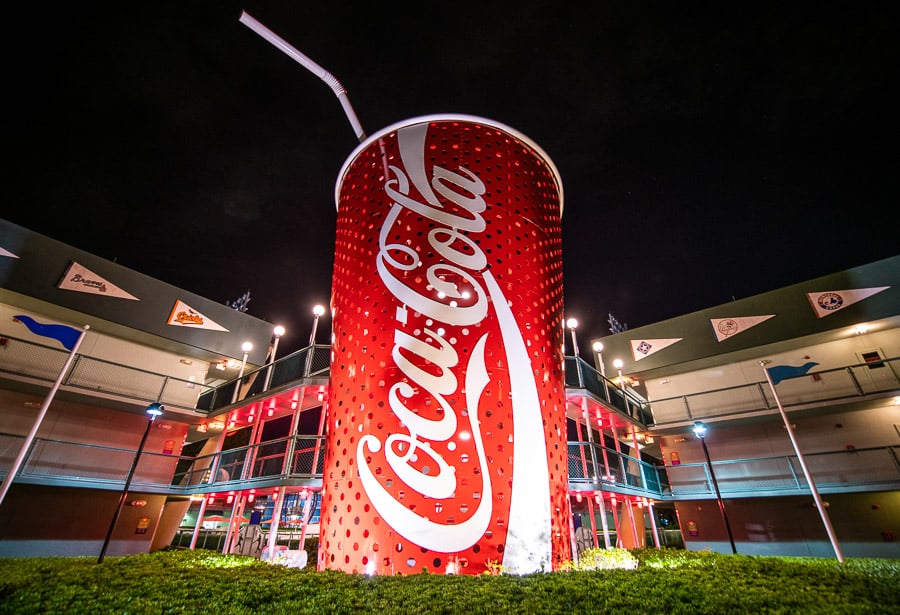

Pricing has been a concern for investors and analysts, and was even one of the catalysts for the proxy fights of the last couple years. For the company’s part, CFO Hugh Johnston indicated during the December earnings call that Disney needs to be “smart about pricing,” especially at the lower end of the market where consumers are “feeling stress.” (This is similar sentiment to what fast food chains and retailers have reported during their recent earnings calls.)
Johnston indicated that Disney has tried to hold prices steady for lower-priced offerings at the parks and that most of the price increases were concentrated among premium packages or during high-demand dates. He added that the company wants to “tap in to those families and build the habit of coming to Disneyland or Disney World, not one time, but multiple times.”
“The number-one thing we hear from the millions of guests who visit our parks each year is how much a Disney vacation means to them, and we intentionally offer a wide variety of ticket, hotel and dining options to welcome as many families as possible, whatever their budget,” said Josh D’Amaro in a written statement to WSJ. “We also know that in inflationary times it’s especially important to give families ways to save on their visits.”


One random tidbit from the WSJ article that I found interesting was this: “Five years ago, the skip-the-line feature FastPass was free. Now visitors choose from three different tiers of Lightning Lane passes for the privilege—the most expensive reaching $449 a person a day.”
I’ve mentioned this repeatedly, but one of my recurring fears as a longtime fan is been that Disney is inflicting long-term brand damage for short-term financial gain. This line in the article is a perfect example of that. That $449 cost is eye-popping, and will catch the attention of the general public.
Without added context, they might (understandably!) assume that line-skipping at Disney costs hundreds of dollars, not that it starts at under $20. Insignificant as it might seem, lines like those might turn people off from even considering a Disney trip. They won’t learn the full range of Lightning Lane prices, because they’ll say “I’m out” before it even comes to that.
Obviously, this WSJ article as a whole is damaging to Disney. But so are specific sentences like that, or every single article about the failed Star Wars Galactic Starcruiser. Same goes for the $100,000+ private jet Disney Parks worldwide “adventure” and the Storyliving by Disney communities.
Those have received outsized negative attention for niche offerings–same with Lightning Lane Premier Pass–and I really wonder whether the limited financial gain is worth the brand damage inflicted. It’s not something that shows up on a balance sheet, so of course they look like positives (except Starcruiser, which very obviously was not). But a balance sheet can’t measure long-term ramifications or indirect consequences. I feel like this is a microcosm for this “Disney is pricing out the middle class” conversation, as a whole.
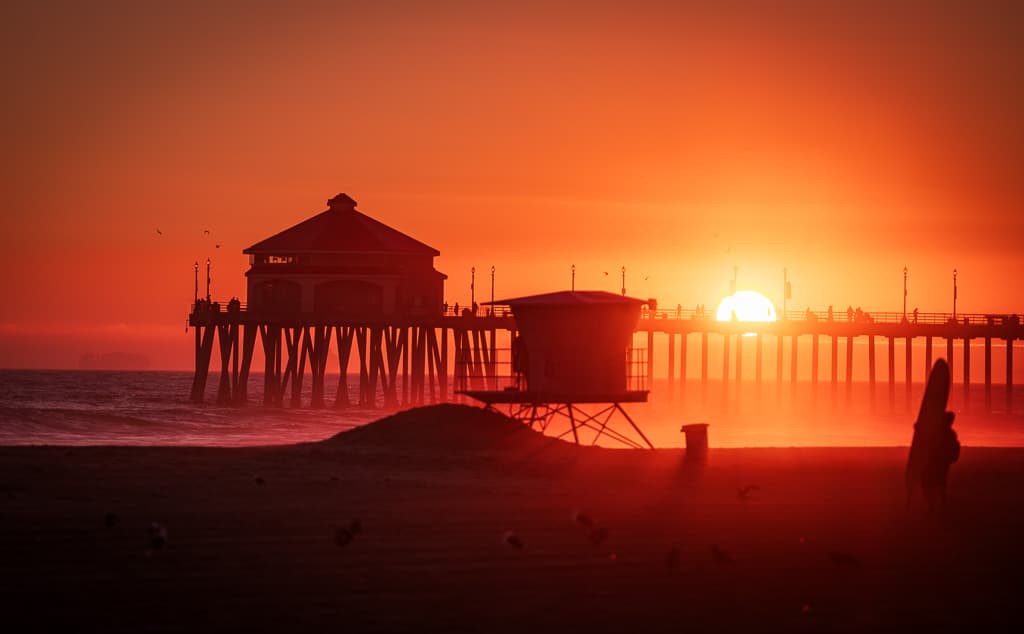

The WSJ report also points to a couple of surveys that indicate an overwhelming majority of Americans feel theme parks, cruises, and other expensive vacations are financially out of reach.
Many are reporting trading down from these to nature-driven experiences, such as state parks or beaches. Visitor data from the National Park Service bears this out, as does the growing discrepancy between Orlando International Airport’s traffic volume and Central Florida theme park (all of them) attendance.
Disney called one of the polls “flawed and misleading” and unfairly cast Disney in a negative light, according to the WSJ. The company’s response strikes me as oddly defensive, but I’m admittedly not as interested in this type of survey. Over the last decade-plus, I’ve received countless ‘story pitches’ about surveys like this for Walt Disney World, Disneyland, and myriad other destinations. (In fact, you can find recent articles similar to this one about tourism in Las Vegas or New York City.)


It’s been true for a while that the majority of Americans feel Disney vacations are financially out of reach.
The percentages have undoubtedly increased, but the results themselves are nothing new. Those of us who can afford to visit are extremely fortunate. As with the income vs. costs data, what matters more is behavior.
Are enough people voting with their wallets, or are they complaining about prices in surveys but continuing to visit and having positive experiences? It’s undeniable that the financial burden is steep; but is the emotional value still worth it? That’s what makes the intent to revisit/recommend and guest satisfaction metrics the biggest key to all of this.


I’d go a step further and say the “intent to recommend” is a very underrated variable in this. We have heard from more and more fans that, even though they’re still going to Walt Disney World for emotional or sentimental reasons, they’ve stopped recommending it to friends.
It used to be the case that current Disney fans were excellent, unpaid brand ambassadors for the company–introducing Walt Disney World to others, making new fans in the process. What we’ve heard is that–due to higher prices, greater complexity of visiting, less value for money, and more–fewer readers of this site are recommending Disney Parks to others. This is really significant, and under-discussed. People trust the word of one person in their own social circles more than that of one-thousand social media influencers.
This is also why it’s worse for Disney to lose fans on an emotional level. If costs were all that mattered, the damage would be easy to undo. Disney could turn its big pricing dial down, or pull that giant discount lever and entice people to return in greater numbers. But when you lose fans emotionally, the likelihood of that damage being undone is far lower.
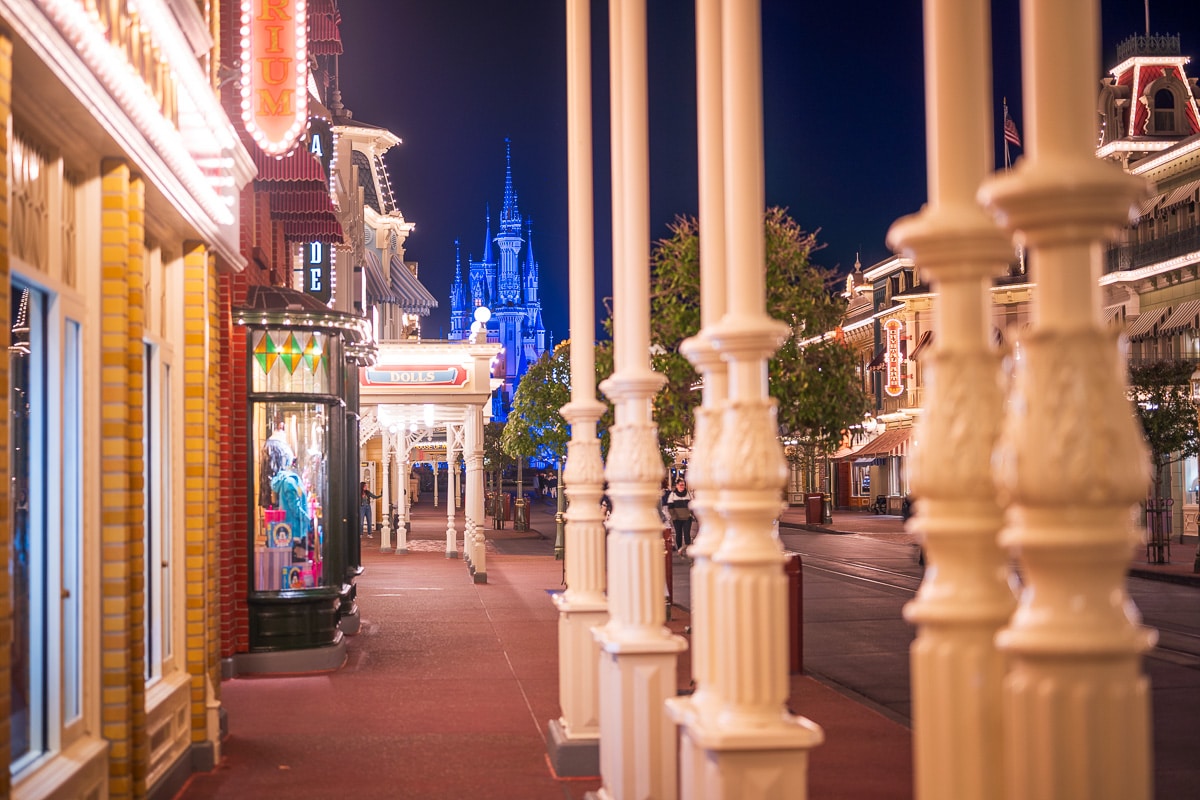

Ultimately, this WSJ piece is not going to be “breaking news” to anyone reading this. It covers some well-trodden ground, and similar sentiment to what we’ve been hearing and expressing (see our article, Is Disney Eroding Fan Goodwill?, from 2018 and its nearly 400 reader comments) for years–long before the Chapek regime.
One difference here is that we’re starting to see cracks emerge in Disney’s financial results, with growth at Walt Disney World and Disneyland being primarily driven by price increases as attendance “softens” and demand moderates. Another is that the WSJ spoke to people inside the company, with the leaks suggesting that there are significant worries within about pricing (and probably a fierce internal debate if this is bubbling over with people going to the press).
Finally, there’s the practical reality that Disney has a couple of years ahead of it with no new attractions opening, and at a time when it’s biggest competitor is opening a brand-new theme park down the street. My sincere hope is that important people inside the Walt Disney Company recognize the gravity of all this and the long-term ramifications and intend to do something about it. I was optimistic about that in early 2023, and although I’m still optimistic about the long term investments in new attractions and lands, there needs to be a greater sense of urgency about improving the guest experience and satisfaction in the near-term. Otherwise, there won’t be as many fans or as big of a pool of guests from which to draw once all those fancy things open.
Planning a Walt Disney World trip? Learn about hotels on our Walt Disney World Hotels Reviews page. For where to eat, read our Walt Disney World Restaurant Reviews. To save money on tickets or determine which type to buy, read our Tips for Saving Money on Walt Disney World Tickets post. Our What to Pack for Disney Trips post takes a unique look at clever items to take. For what to do and when to do it, our Walt Disney World Ride Guides will help. For comprehensive advice, the best place to start is our Walt Disney World Trip Planning Guide for everything you need to know!
YOUR THOUGHTS
What would you like to see done to improve the guest experience and satisfaction at Walt Disney World? Think that runaway price increases are the big concern, or is the value proposition an equally or more significant matter? Thoughts on the WSJ article? Do you agree or disagree with our assessment? Any questions we can help you answer? Hearing your feedback–even when you disagree with us–is both interesting to us and helpful to other readers, so please share your thoughts below in the comments!










